Saturn Aurora.
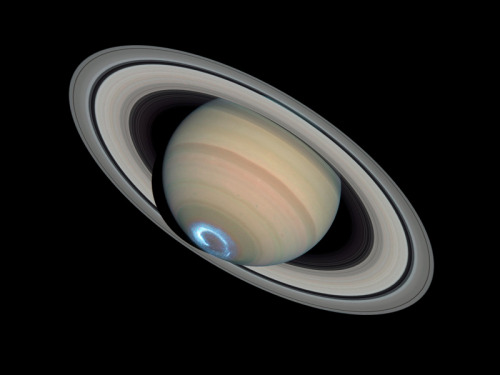
Saturn Aurora.
Credit: NASA, ESA, J Clarke and Z Levay
More Posts from Sergioballester-blog and Others

Juno: Movie of clouds on Jupiter, taken with the JIRAM infrared camera.
Cassini Spacecraft: Top Discoveries
Our Cassini spacecraft has been exploring Saturn, its stunning rings and its strange and beautiful moons for more than a decade.

Having expended almost every bit of the rocket propellant it carried to Saturn, operators are deliberately plunging Cassini into the planet to ensure Saturn’s moons will remain pristine for future exploration – in particular, the ice-covered, ocean-bearing moon Enceladus, but also Titan, with its intriguing pre-biotic chemistry.
Let’s take a look back at some of Cassini’s top discoveries:
Titan

Under its shroud of haze, Saturn’s planet-sized moon Titan hides dunes, mountains of water ice and rivers and seas of liquid methane. Of the hundreds of moons in our solar system, Titan is the only one with a dense atmosphere and large liquid reservoirs on its surface, making it in some ways more like a terrestrial planet.

Both Earth and Titan have nitrogen-dominated atmospheres – over 95% nitrogen in Titan’s case. However, unlike Earth, Titan has very little oxygen; the rest of the atmosphere is mostly methane and traced amounts of other gases, including ethane.

There are three large seas, all located close to the moon’s north pole, surrounded by numerous smaller lakes in the northern hemisphere. Just one large lake has been found in the southern hemisphere.
Enceladus

The moon Enceladus conceals a global ocean of salty liquid water beneath its icy surface. Some of that water even shoots out into space, creating an immense plume!

For decades, scientists didn’t know why Enceladus was the brightest world in the solar system, or how it related to Saturn’s E ring. Cassini found that both the fresh coating on its surface, and icy material in the E ring originate from vents connected to a global subsurface saltwater ocean that might host hydrothermal vents.

With its global ocean, unique chemistry and internal heat, Enceladus has become a promising lead in our search for worlds where life could exist.
Iapetus

Saturn’s two-toned moon Iapetus gets its odd coloring from reddish dust in its orbital path that is swept up and lands on the leading face of the moon.

The most unique, and perhaps most remarkable feature discovered on Iapetus in Cassini images is a topographic ridge that coincides almost exactly with the geographic equator. The physical origin of the ridge has yet to be explained…

It is not yet year whether the ridge is a mountain belt that has folded upward, or an extensional crack in the surface through which material from inside Iapetus erupted onto the surface and accumulated locally.
Saturn’s Rings

Saturn’s rings are made of countless particles of ice and dust, which Saturn’s moons push and tug, creating gaps and waves.

Scientists have never before studied the size, temperature, composition and distribution of Saturn’s rings from Saturn obit. Cassini has captured extraordinary ring-moon interactions, observed the lowest ring-temperature ever recorded at Saturn, discovered that the moon Enceladus is the source for Saturn’s E ring, and viewed the rings at equinox when sunlight strikes the rings edge-on, revealing never-before-seen ring features and details.
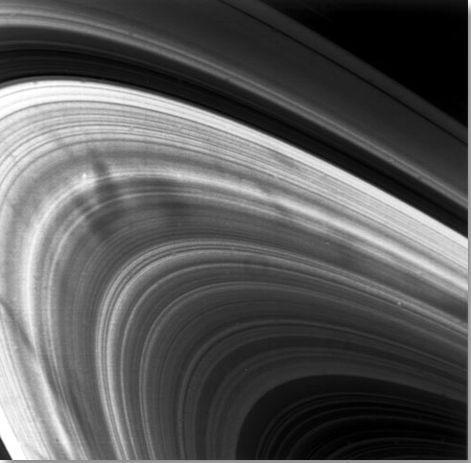
Cassini also studied features in Saturn’s rings called “spokes,” which can be longer than the diameter of Earth. Scientists think they’re made of thin icy particles that are lifted by an electrostatic charge and only last a few hours.
Auroras

The powerful magnetic field that permeates Saturn is strange because it lines up with the planet’s poles. But just like Earth’s field, it all creates shimmering auroras.

Auroras on Saturn occur in a process similar to Earth’s northern and southern lights. Particles from the solar wind are channeled by Saturn’s magnetic field toward the planet’s poles, where they interact with electrically charged gas (plasma) in the upper atmosphere and emit light.
Turbulent Atmosphere

Saturn’s turbulent atmosphere churns with immense storms and a striking, six-sided jet stream near its north pole.

Saturn’s north and south poles are also each beautifully (and violently) decorated by a colossal swirling storm. Cassini got an up-close look at the north polar storm and scientists found that the storm’s eye was about 50 times wider than an Earth hurricane’s eye.

Unlike the Earth hurricanes that are driven by warm ocean waters, Saturn’s polar vortexes aren’t actually hurricanes. They’re hurricane-like though, and even contain lightning. Cassini’s instruments have ‘heard’ lightning ever since entering Saturn orbit in 2004, in the form of radio waves. But it wasn’t until 2009 that Cassini’s cameras captured images of Saturnian lighting for the first time.

Cassini scientists assembled a short video of it, the first video of lightning discharging on a planet other than Earth.

Cassini’s adventure will end soon because it’s almost out of fuel. So to avoid possibly ever contaminating moons like Enceladus or Titan, on Sept. 15 it will intentionally dive into Saturn’s atmosphere.

The spacecraft is expected to lose radio contact with Earth within about one to two minutes after beginning its decent into Saturn’s upper atmosphere. But on the way down, before contact is lost, eight of Cassini’s 12 science instruments will be operating! More details on the spacecraft’s final decent can be found HERE.
Make sure to follow us on Tumblr for your regular dose of space: http://nasa.tumblr.com
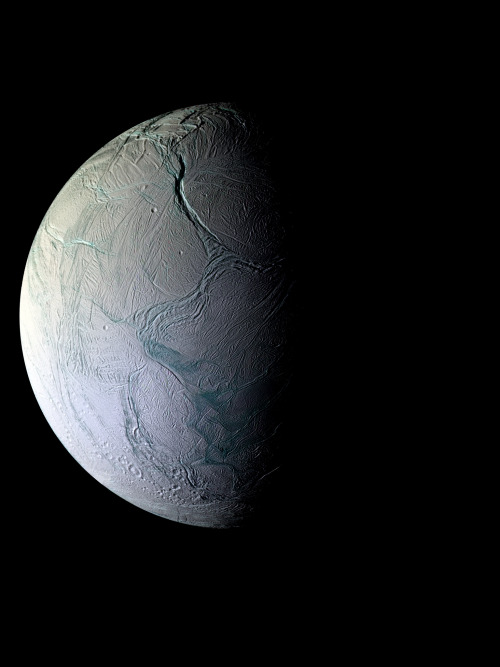
Image of the moon of Saturn, Enceladus, taken by the Cassini spacecraft
Image credit: NASA / JPL


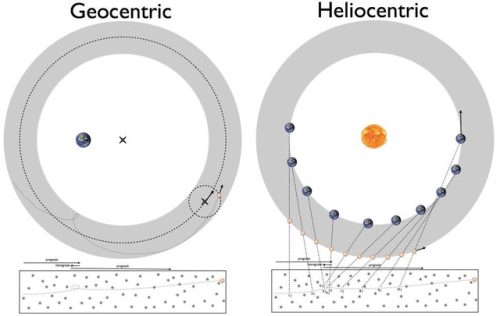






What Separates A Good Scientific Theory From A Bad One?
“It’s why an idea like dark matter is so powerful. By adding just a single new species of particle — something that’s cold, collisionless, and transparent to light and normal matter — you can explain everything from rotating galaxies to the cosmic web, the fluctuations in the microwave background, galaxy correlations, colliding galaxy clusters, and much, much more. It’s why ideas with a huge number of free parameters that must be tuned to get the right results are less satisfying and less predictively powerful. If we can model dark energy, for instance, with just one constant, why would we invent multi-field models with many parameters that are no more successful?”
You’ve often heard, when discussing competing scientific ideas, of appealing to Occam’s razor. Often paraphrased as “all things being equal, the simplest explanation is usually best,” it seems to open the door for people to argue over which explanation is simplest. This should not, however, be a point of contention: the explanation that’s simplest is the one that introduces the fewest number of new, additional free parameters. And when it comes to all things being equal, the things in question ought to be the number of new phenomena the novel idea can explain, along with the number of discernible predictions as compared with the old, prevailing idea. The best scientific ideas are the ones that explain the most by adding the least, while the worst ones unnecessarily add additional parameters on top of what we observe for no good reason other than personal bias. Ideas may be a dime-a-dozen, but a good idea is hard to find.
The next time you encounter an interesting, wild idea that someone throws out there, use this criteria to evaluate it. You just might be surprised at how quickly you can tell whether an idea is good or bad!










Should NASA Send New Horizons To A Nearby Star For Its Final Mission?
“Over the next million years, the Voyagers and Pioneers will approach numerous stars, but only at relatively large separations. The closest will be Pioneer 10, encountering HIP 1177795 in ~90,000 years from 0.75 light-years away. But New Horizons, unlike the others, still has significant fuel remaining. After encountering Pluto and Arrokoth, it may yet target another object in the outer Kuiper belt. Subsequently, it will eventually enter interstellar space, but can be boosted to approach future stellar targets.”
In the 1970s, four spacecraft were launched with speeds large enough that they would eventually escape the Solar System: Pioneer 10 and 11 and Voyager 1 and 2. In the 2000s, New Horizons became the fifth spacecraft that will leave the Solar System and enter interstellar space. But unlike the other four, it still has fuel remaining and could boost itself to alter its trajectory. In the aftermath of the ESA’s Gaia mission, we now can predict where more than a billion stars in the Milky Way will be located up to a million years in the future, raising the possibility that we could alter New Horizon’s trajectory to encounter another solar system in the distant future.
Should we do it? Of course we should! Come learn about this fascinating possibility today.
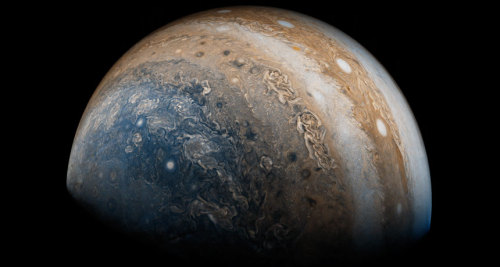









Jupiter Descending
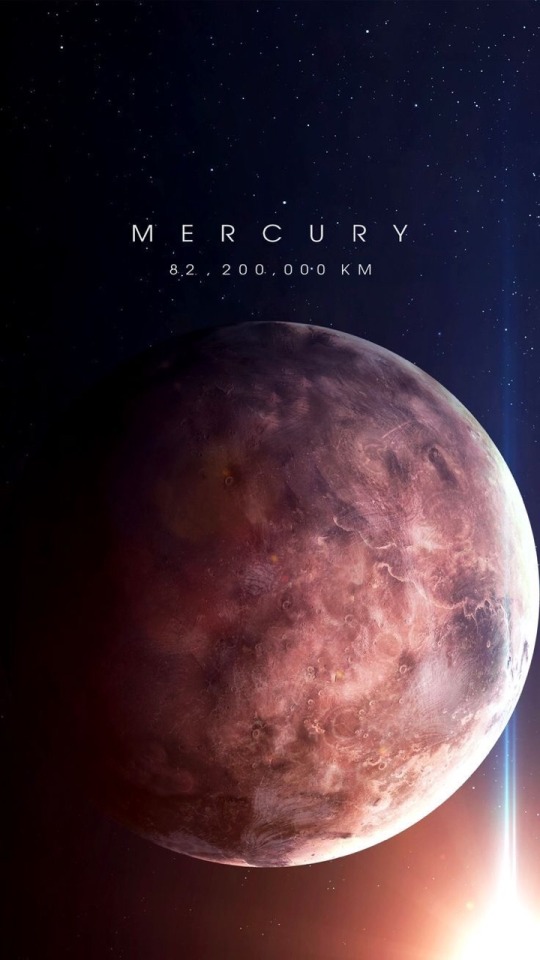
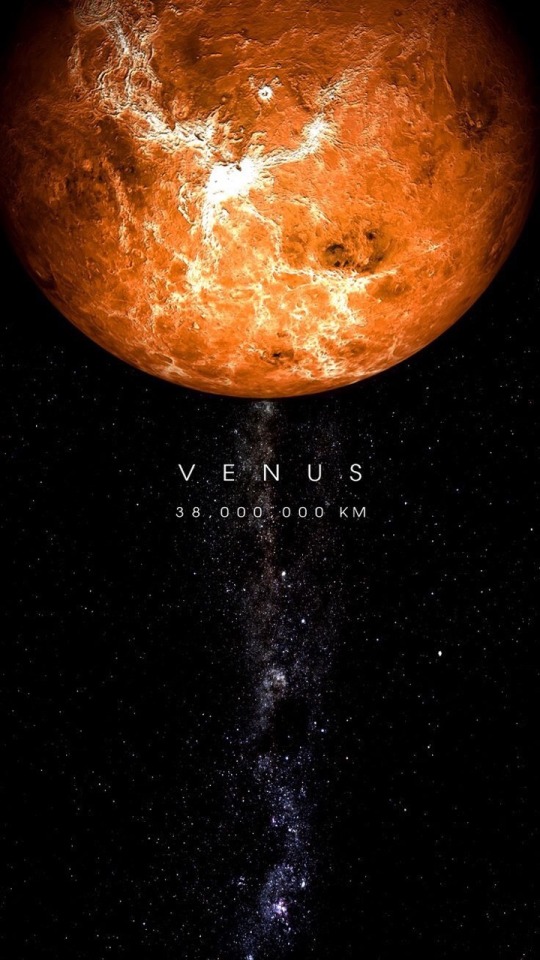
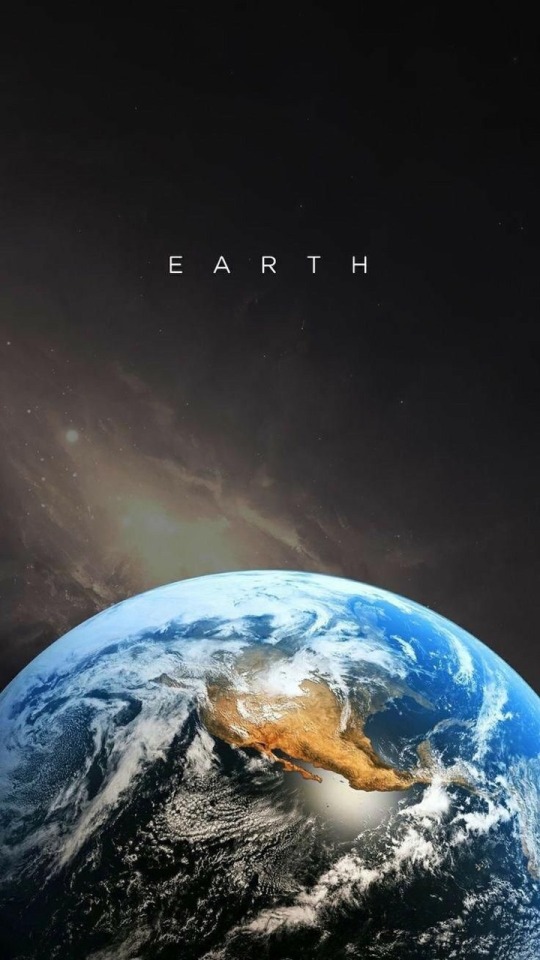
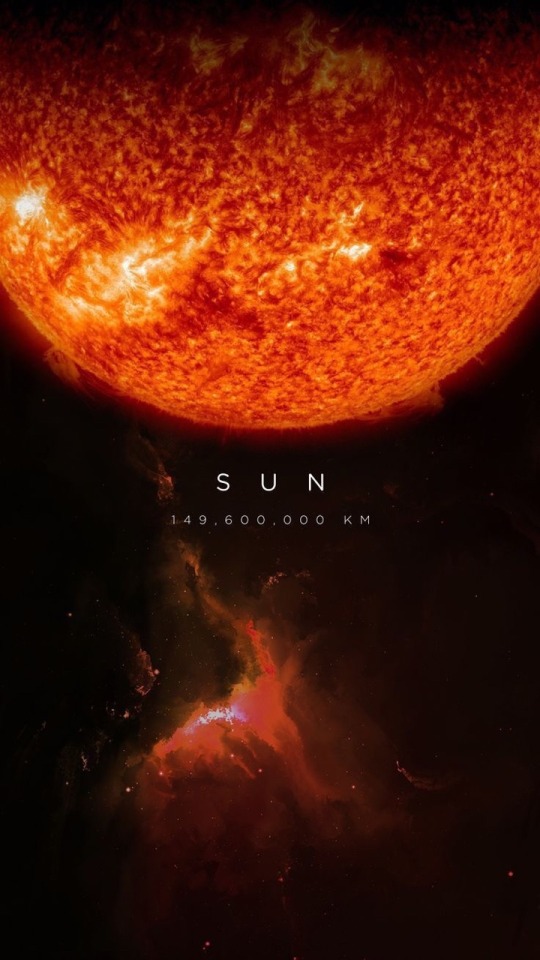
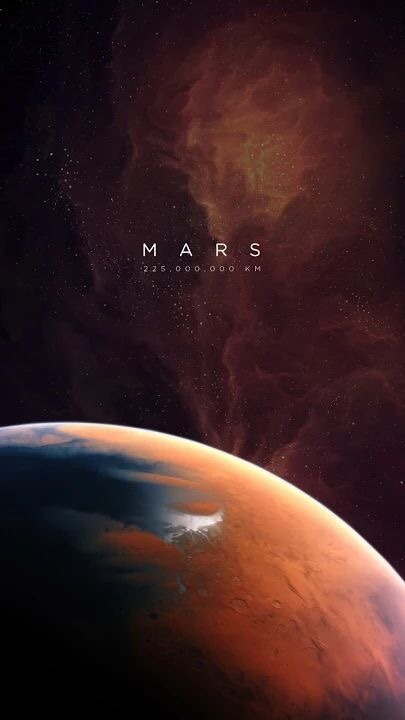
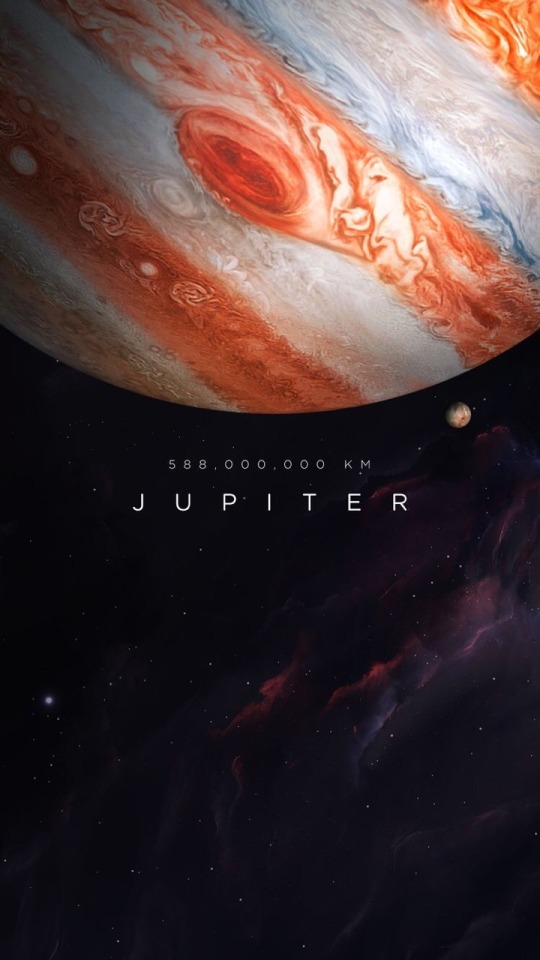
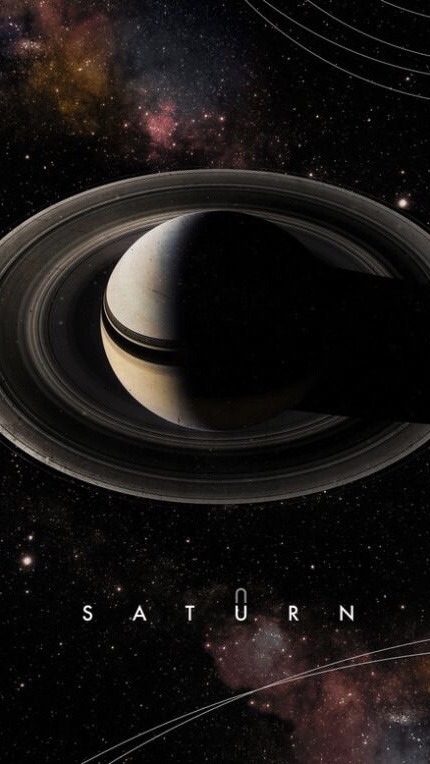
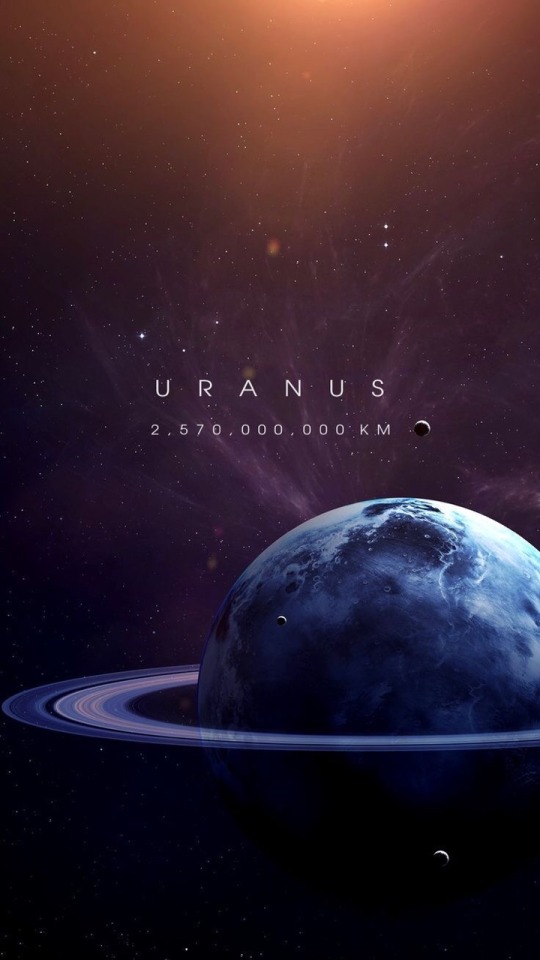
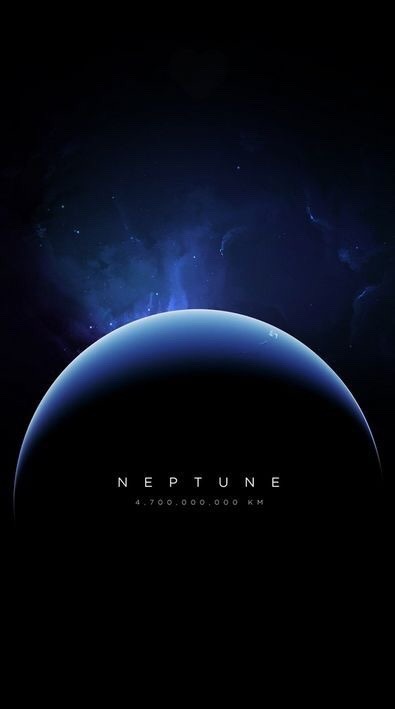
Solar System
•please like or reblog if you use
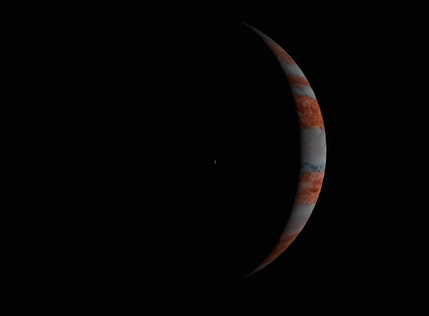
An animation of Jupiter and Io by Nevan
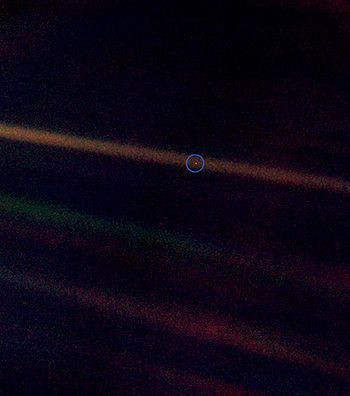
The Pale Blue Dot
The “Pale Blue Dot” is a photograph of planet Earth taken in 1990 by Voyager 1 from a record distance, showing it against the vastness of space.
By request of Carl Sagan, NASA commanded the Voyager 1 spacecraft, having completed its primary mission and now leaving the Solar System, to turn its camera around and to take a photograph of Earth across a great expanse of space. Reflecting on this picture (now considered one of the most important pictures in all of human history) Carl Sagan said:
“From this distant vantage point, the Earth might not seem of particular interest. But for us, it’s different. Consider again that dot. That’s here, that’s home, that’s us. On it everyone you love, everyone you know, everyone you ever heard of, every human being who ever was, lived out their lives. The aggregate of our joy and suffering, thousands of confident religions, ideologies, and economic doctrines, every hunter and forager, every hero and coward, every creator and destroyer of civilization, every king and peasant, every young couple in love, every mother and father, hopeful child, inventor and explorer, every teacher of morals, every corrupt politician, every “superstar,” every “supreme leader,” every saint and sinner in the history of our species lived there – on a mote of dust suspended in a sunbeam.
The Earth is a very small stage in a vast cosmic arena. Think of the rivers of blood spilled by all those generals and emperors so that, in glory and triumph, they could become the momentary masters of a fraction of a dot. Think of the endless cruelties visited by the inhabitants of one corner of this pixel on the scarcely distinguishable inhabitants of some other corner, how frequent their misunderstandings, how eager they are to kill one another, how fervent their hatreds.
Our posturings, our imagined self-importance, the delusion that we have some privileged position in the Universe, are challenged by this point of pale light. Our planet is a lonely speck in the enveloping cosmic dark. In our obscurity, in all this vastness, there is no hint that help will come from elsewhere to save us from ourselves.
The Earth is the only world known so far to harbor life. There is nowhere else, at least in the near future, to which our species could migrate. Visit, yes. Settle, not yet. Like it or not, for the moment the Earth is where we make our stand.
It has been said that astronomy is a humbling and character-building experience. There is perhaps no better demonstration of the folly of human conceits than this distant image of our tiny world. To me, it underscores our responsibility to deal more kindly with one another, and to preserve and cherish the pale blue dot, the only home we’ve ever known.”
-
 southerndudesworld liked this · 1 month ago
southerndudesworld liked this · 1 month ago -
 alex--max liked this · 1 month ago
alex--max liked this · 1 month ago -
 glitchylaptop reblogged this · 1 month ago
glitchylaptop reblogged this · 1 month ago -
 glitchylaptop liked this · 1 month ago
glitchylaptop liked this · 1 month ago -
 tuff-ponyboy liked this · 2 months ago
tuff-ponyboy liked this · 2 months ago -
 poynter66 liked this · 5 months ago
poynter66 liked this · 5 months ago -
 noctuharriess reblogged this · 5 months ago
noctuharriess reblogged this · 5 months ago -
 andromedalone reblogged this · 5 months ago
andromedalone reblogged this · 5 months ago -
 andromedalone liked this · 5 months ago
andromedalone liked this · 5 months ago -
 tootpootwoot reblogged this · 6 months ago
tootpootwoot reblogged this · 6 months ago -
 eightyfivepence reblogged this · 6 months ago
eightyfivepence reblogged this · 6 months ago -
 8-bitentrails reblogged this · 6 months ago
8-bitentrails reblogged this · 6 months ago -
 l-314 reblogged this · 6 months ago
l-314 reblogged this · 6 months ago -
 federfleisch liked this · 6 months ago
federfleisch liked this · 6 months ago -
 paradise-remade reblogged this · 6 months ago
paradise-remade reblogged this · 6 months ago -
 paradise-remade liked this · 6 months ago
paradise-remade liked this · 6 months ago -
 sol-ivagant liked this · 6 months ago
sol-ivagant liked this · 6 months ago -
 kaylagreeenbeanz reblogged this · 6 months ago
kaylagreeenbeanz reblogged this · 6 months ago -
 kaylagreeenbeanz liked this · 6 months ago
kaylagreeenbeanz liked this · 6 months ago -
 dontkillme reblogged this · 6 months ago
dontkillme reblogged this · 6 months ago -
 angelbunies reblogged this · 6 months ago
angelbunies reblogged this · 6 months ago -
 laradisex liked this · 6 months ago
laradisex liked this · 6 months ago -
 thecompletebanker reblogged this · 6 months ago
thecompletebanker reblogged this · 6 months ago -
 motherlegba liked this · 6 months ago
motherlegba liked this · 6 months ago -
 saturn-sunset liked this · 6 months ago
saturn-sunset liked this · 6 months ago -
 consistent-sincerity reblogged this · 6 months ago
consistent-sincerity reblogged this · 6 months ago -
 consistent-sincerity liked this · 6 months ago
consistent-sincerity liked this · 6 months ago -
 moonlight-pisces reblogged this · 6 months ago
moonlight-pisces reblogged this · 6 months ago -
 electricr0b0t reblogged this · 6 months ago
electricr0b0t reblogged this · 6 months ago -
 electricr0b0t liked this · 6 months ago
electricr0b0t liked this · 6 months ago -
 solarianloverboi reblogged this · 6 months ago
solarianloverboi reblogged this · 6 months ago -
 give-up-dont reblogged this · 6 months ago
give-up-dont reblogged this · 6 months ago -
 give-up-dont liked this · 6 months ago
give-up-dont liked this · 6 months ago -
 valuevillainy reblogged this · 6 months ago
valuevillainy reblogged this · 6 months ago -
 bouncing-flowers reblogged this · 6 months ago
bouncing-flowers reblogged this · 6 months ago -
 depengu reblogged this · 6 months ago
depengu reblogged this · 6 months ago -
 justdrugdealerchic reblogged this · 6 months ago
justdrugdealerchic reblogged this · 6 months ago -
 justdrugdealerchic liked this · 6 months ago
justdrugdealerchic liked this · 6 months ago -
 korenslover liked this · 6 months ago
korenslover liked this · 6 months ago -
 hortelanpimenta reblogged this · 7 months ago
hortelanpimenta reblogged this · 7 months ago -
 jasgyal liked this · 7 months ago
jasgyal liked this · 7 months ago -
 iamhappyandsadallatonce liked this · 7 months ago
iamhappyandsadallatonce liked this · 7 months ago -
 styljst liked this · 7 months ago
styljst liked this · 7 months ago -
 paradisechild876 liked this · 7 months ago
paradisechild876 liked this · 7 months ago -
 1trilllala reblogged this · 7 months ago
1trilllala reblogged this · 7 months ago -
 twistedwhispers liked this · 7 months ago
twistedwhispers liked this · 7 months ago -
 lostfreeman liked this · 7 months ago
lostfreeman liked this · 7 months ago